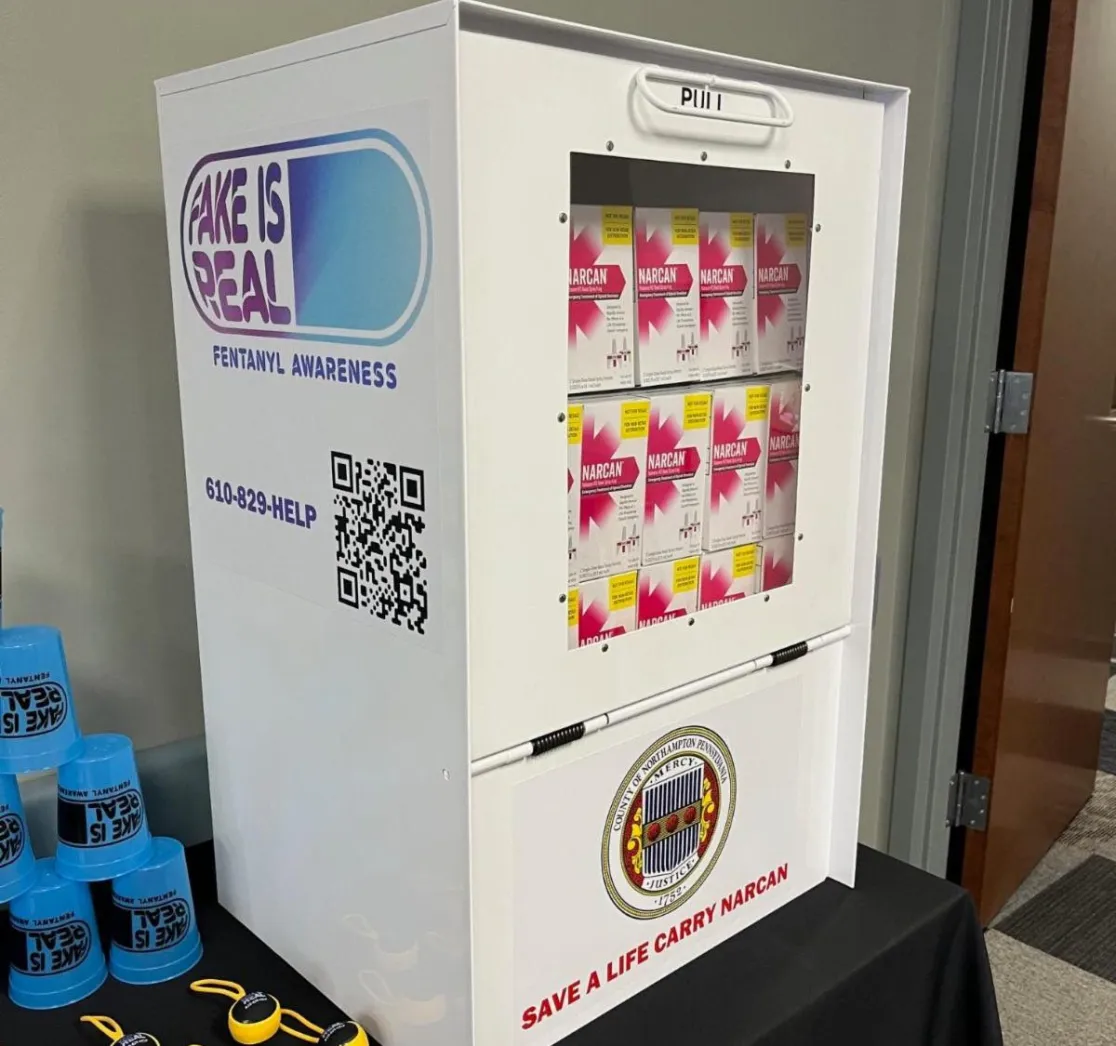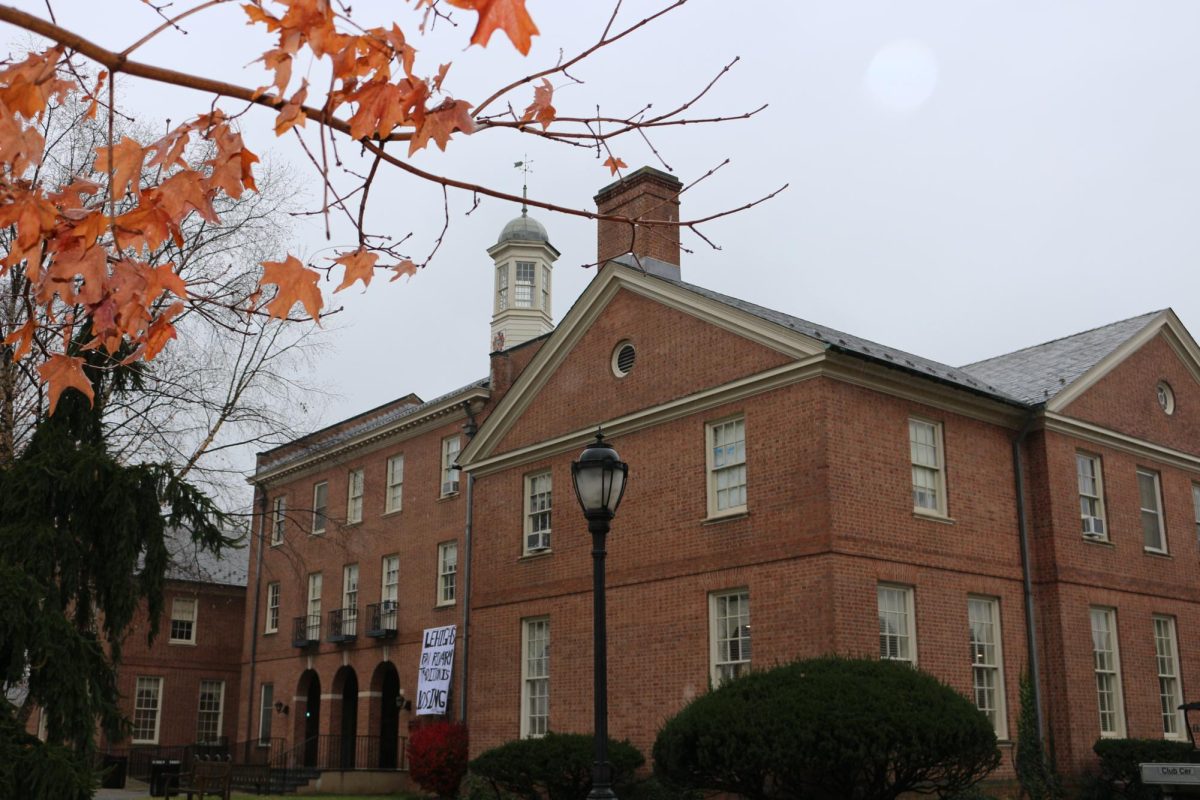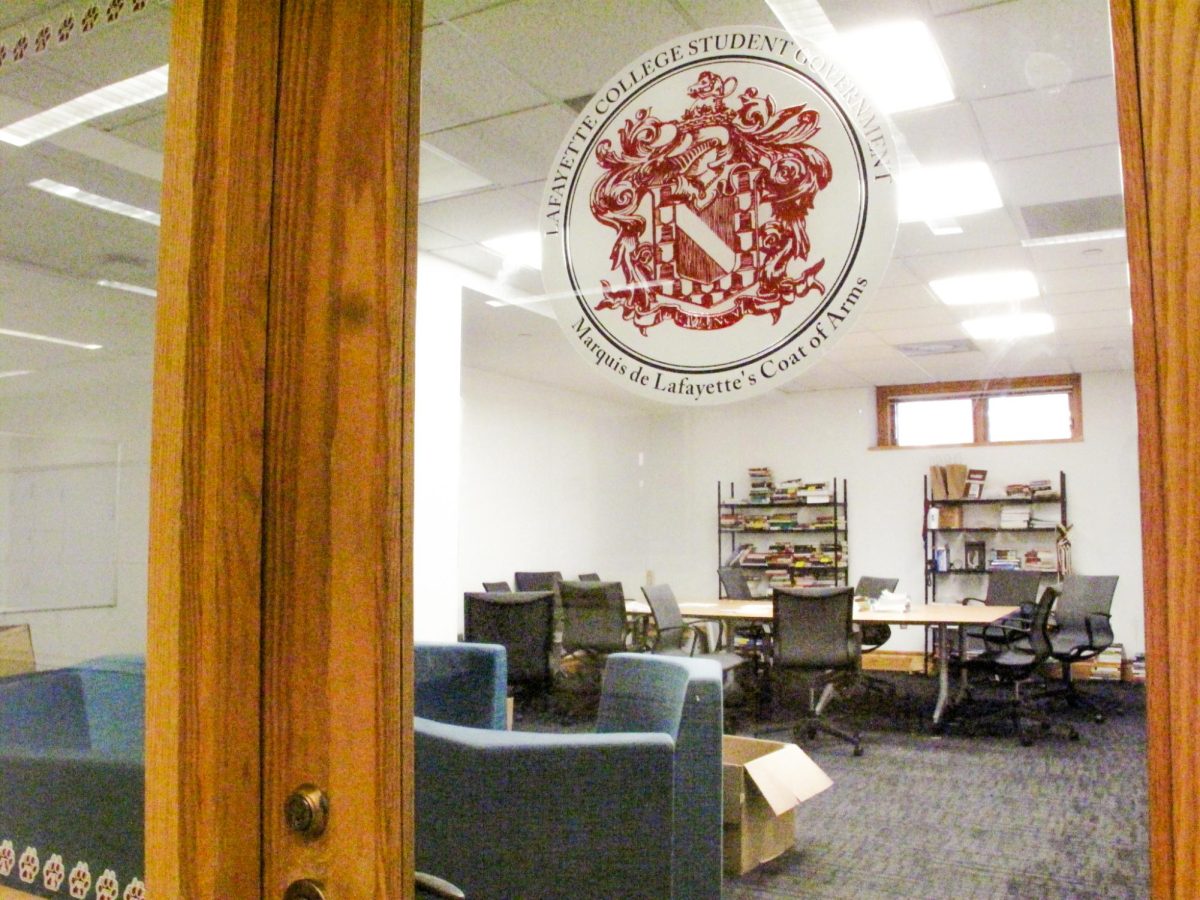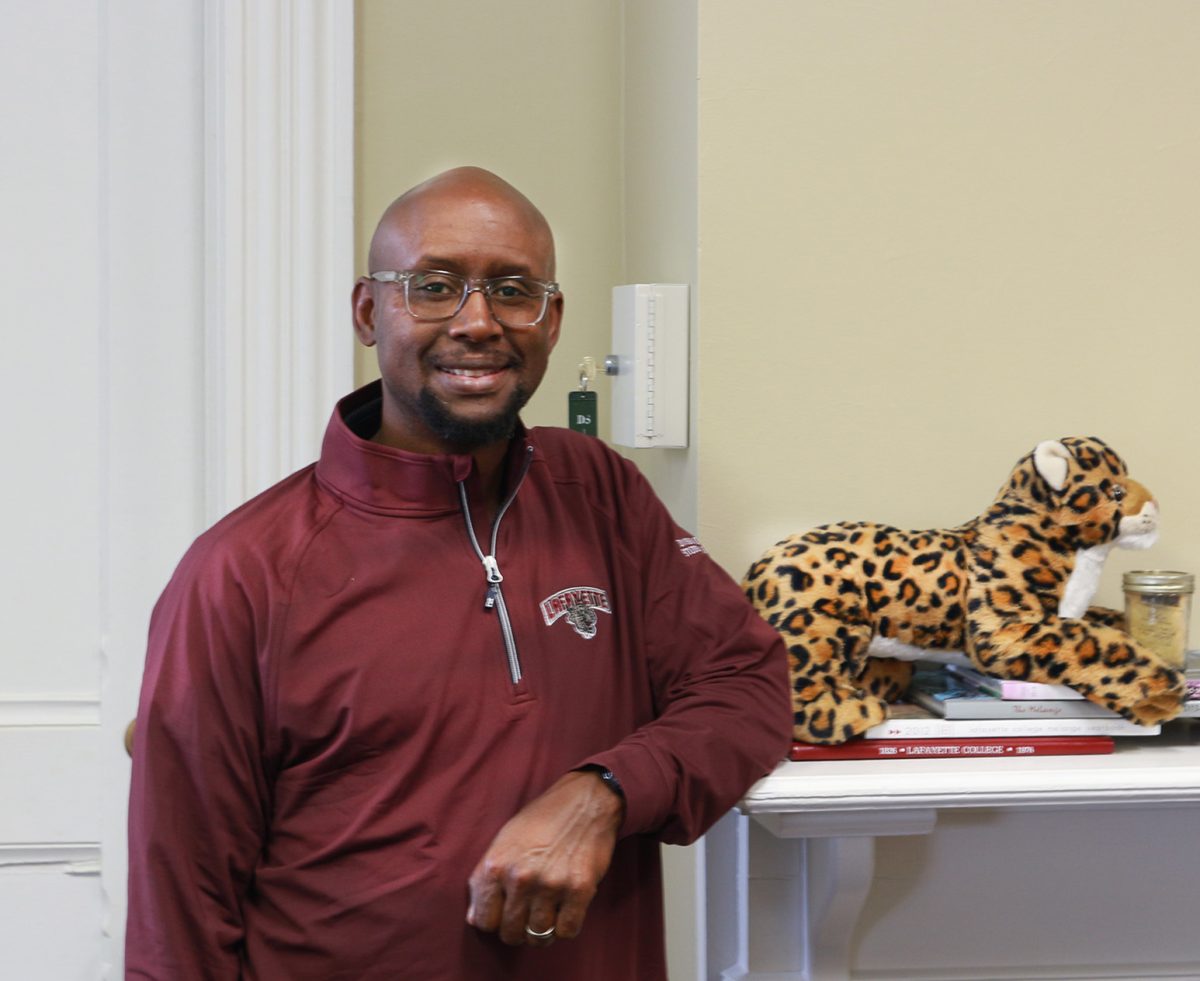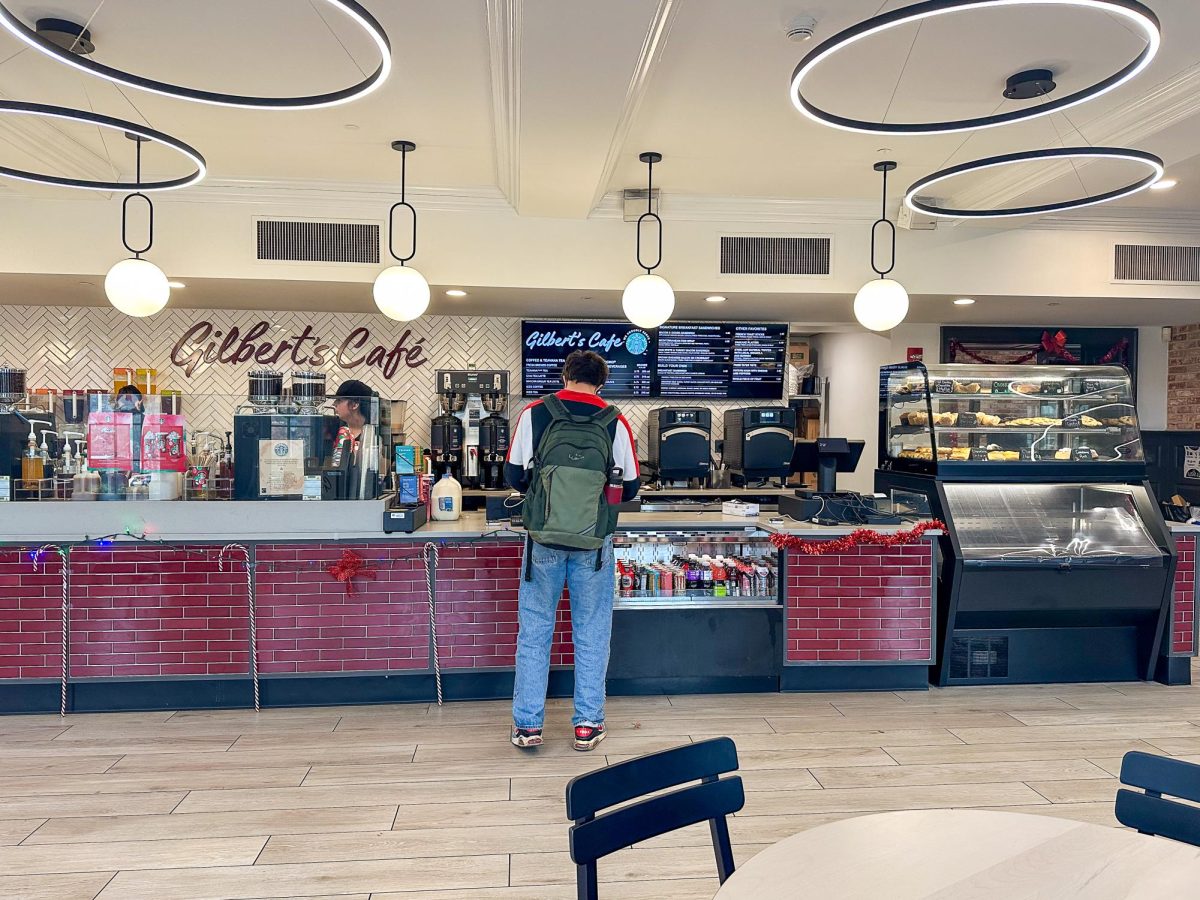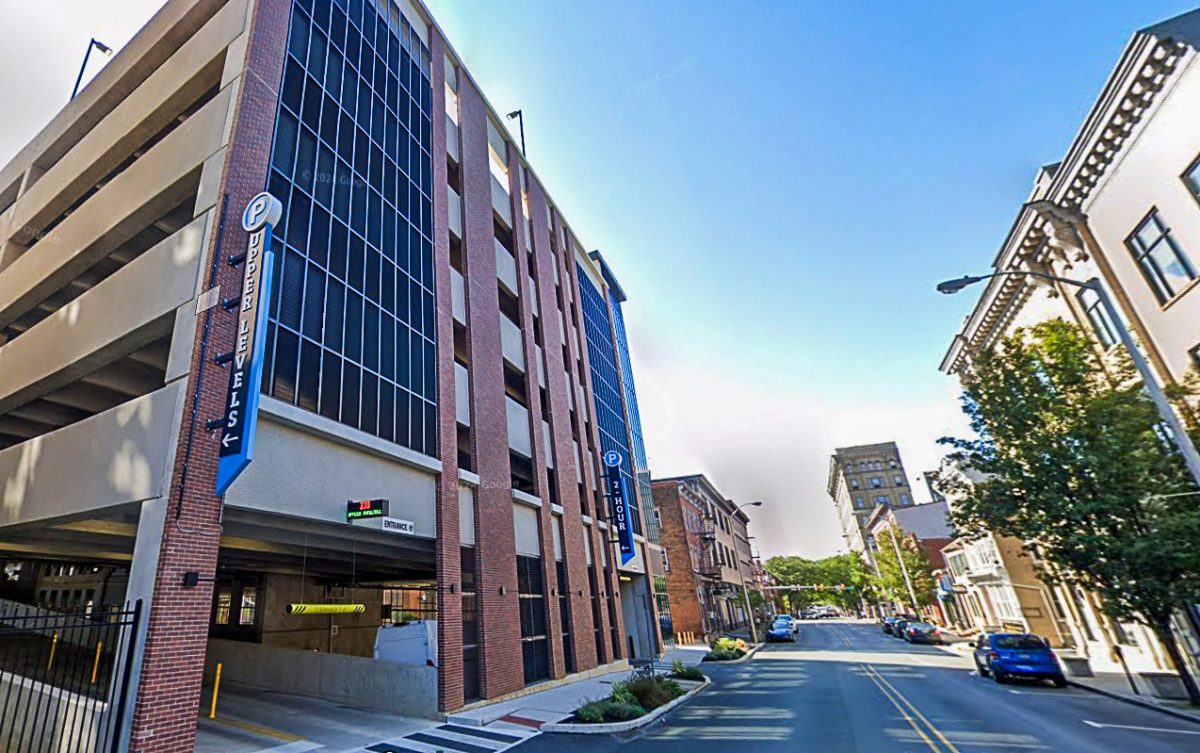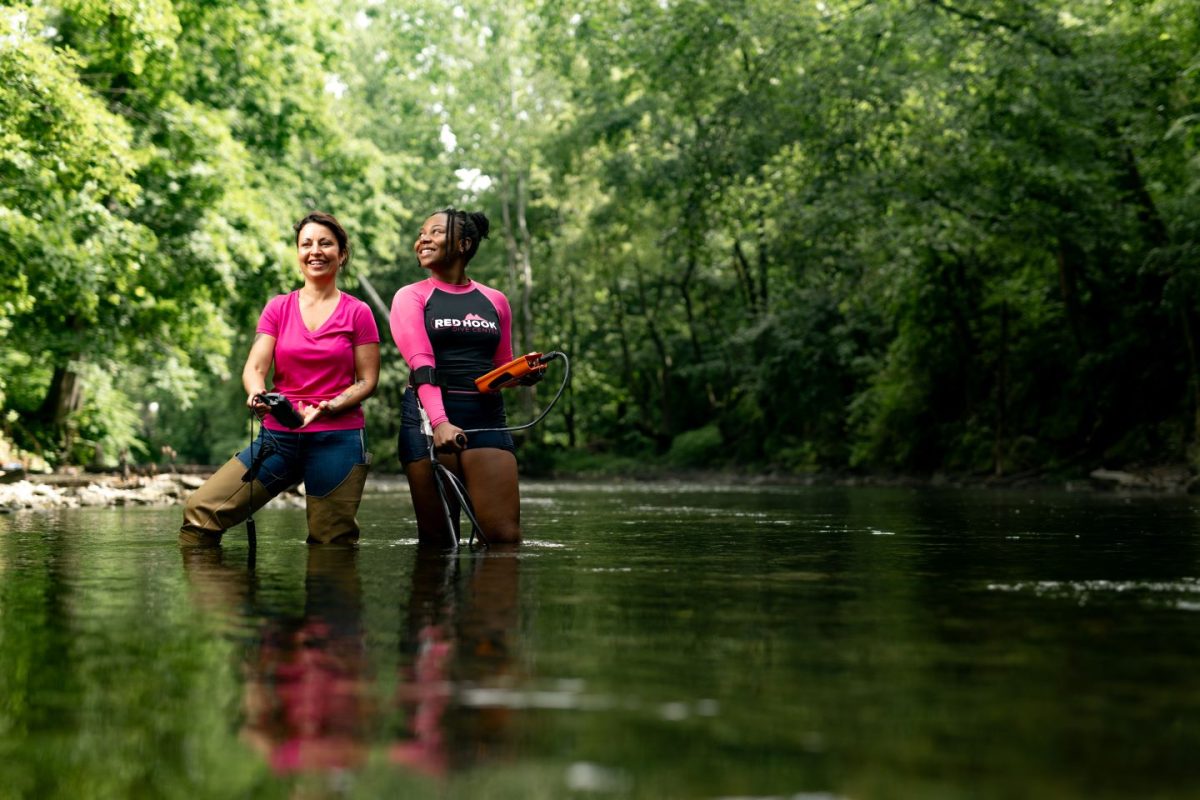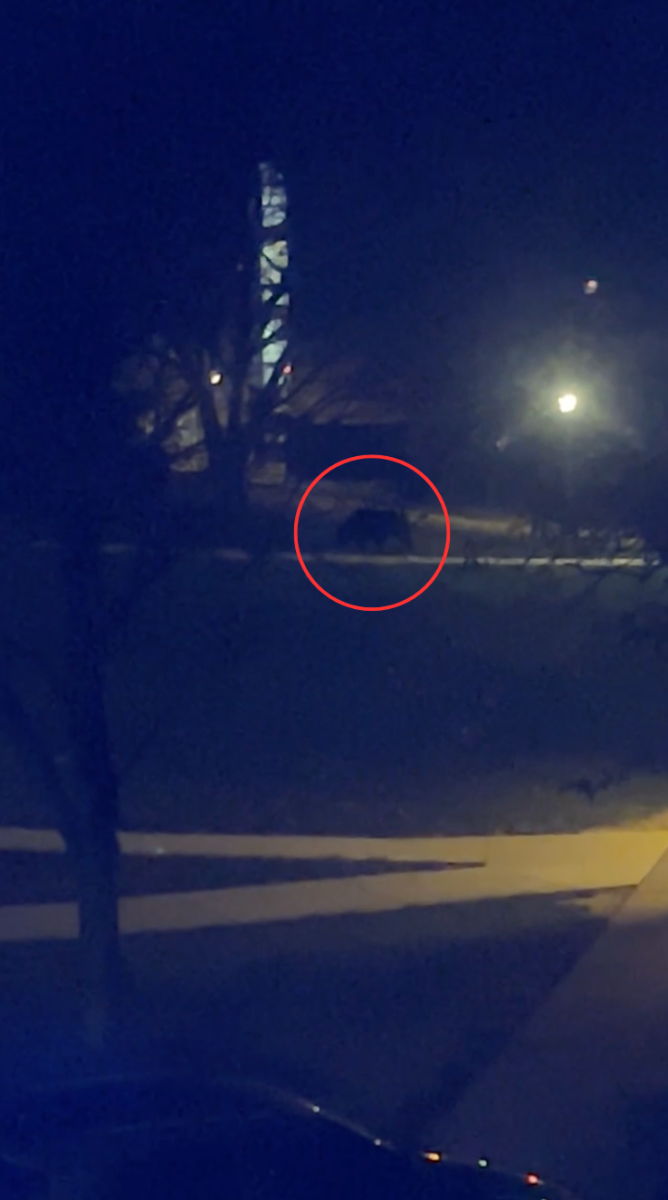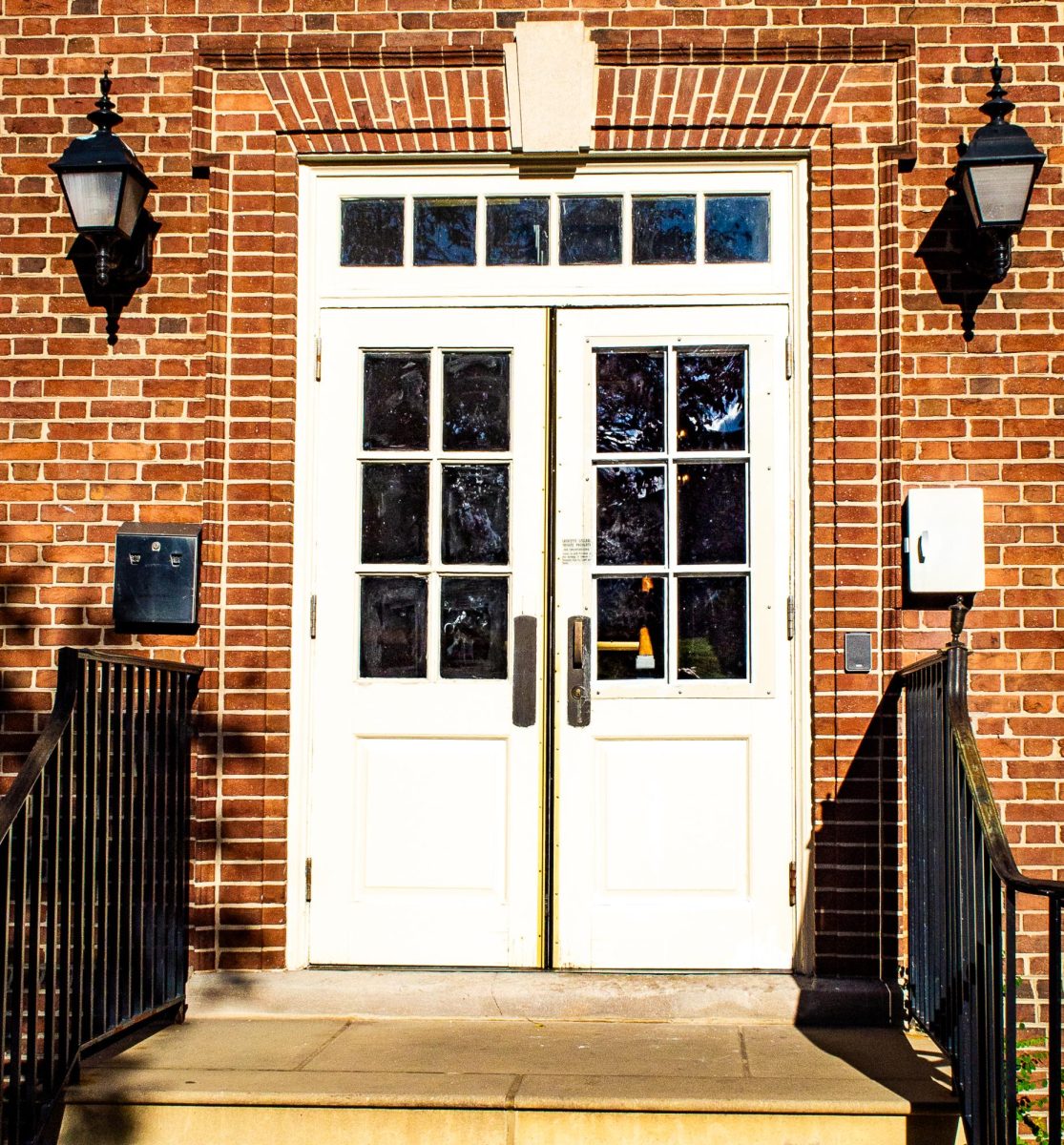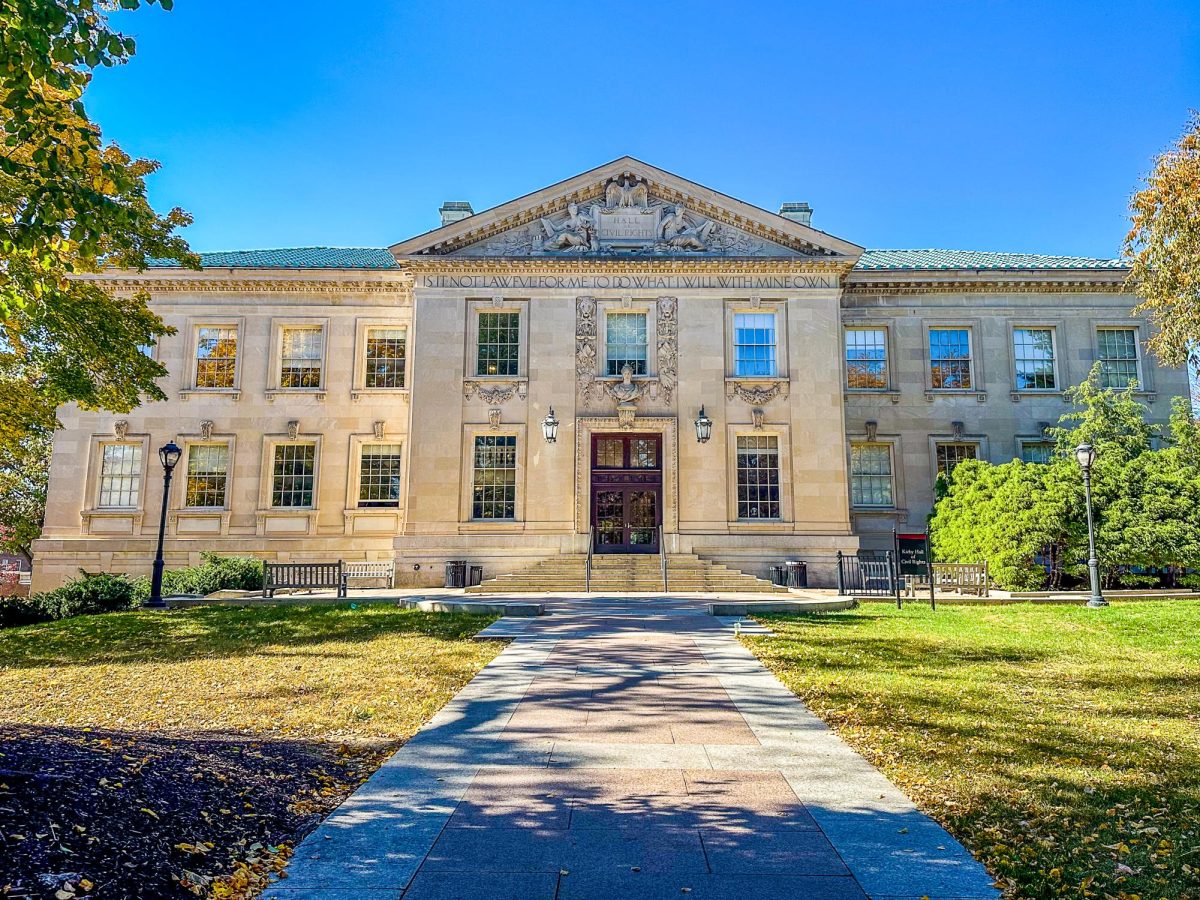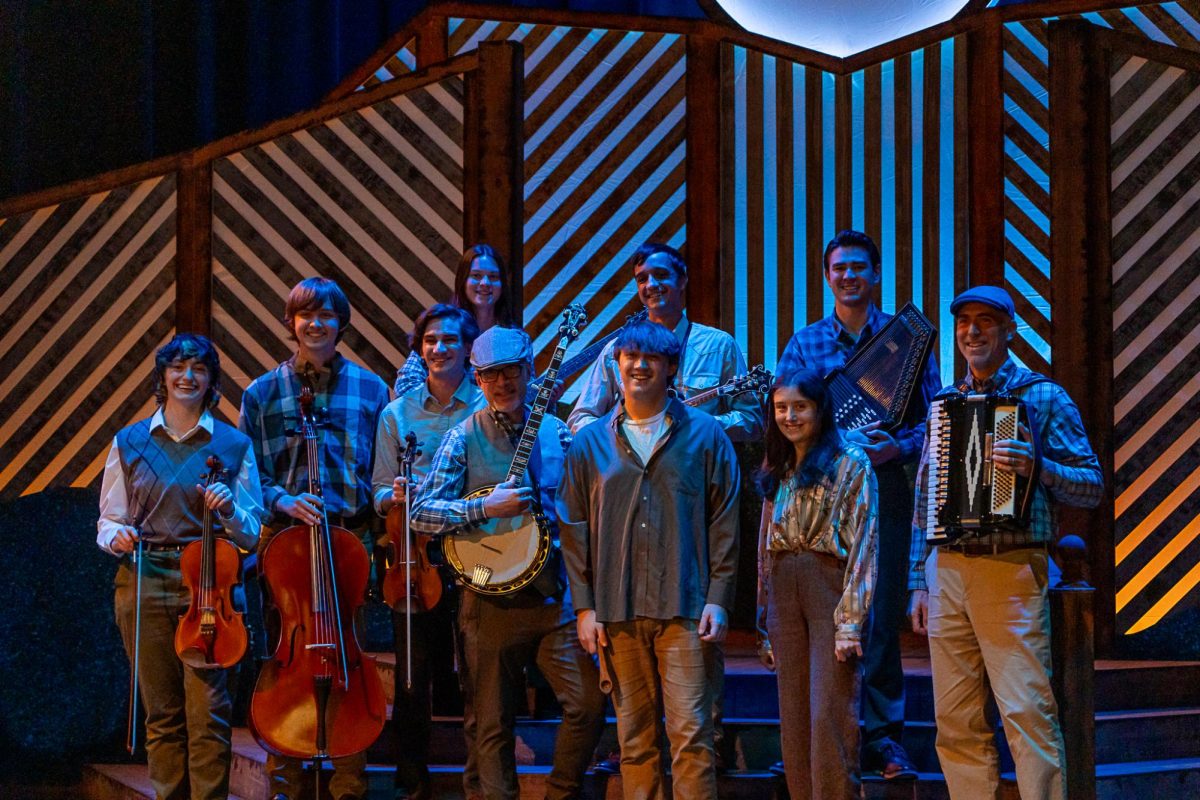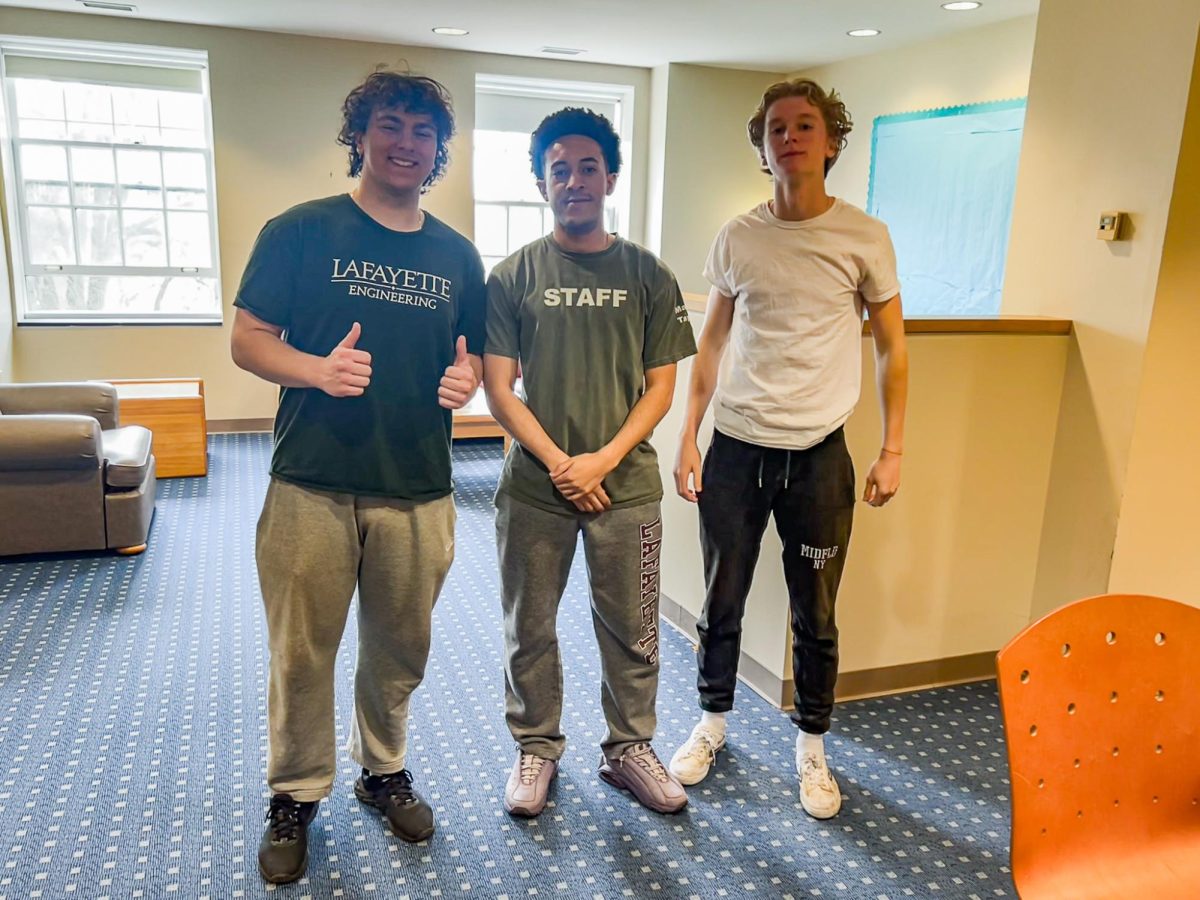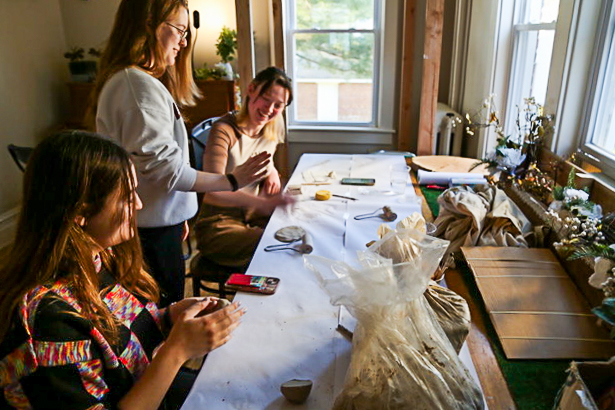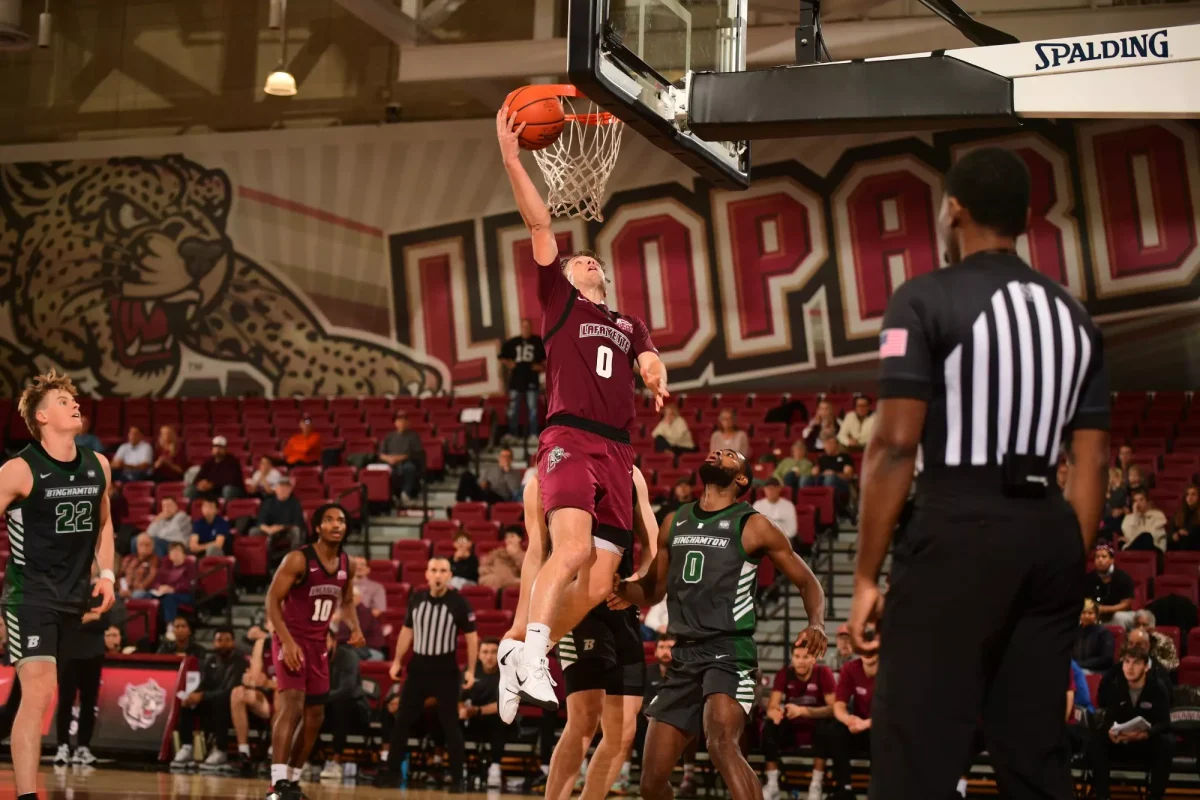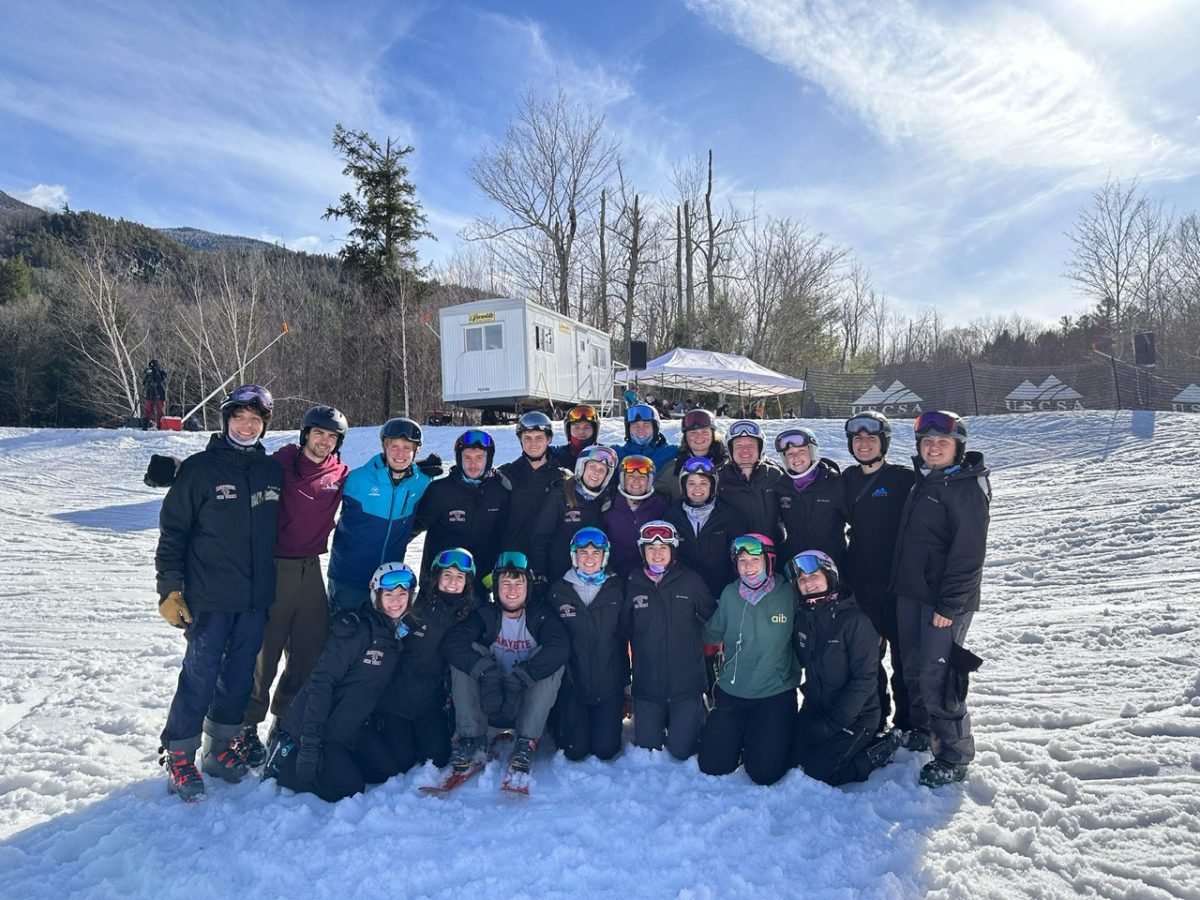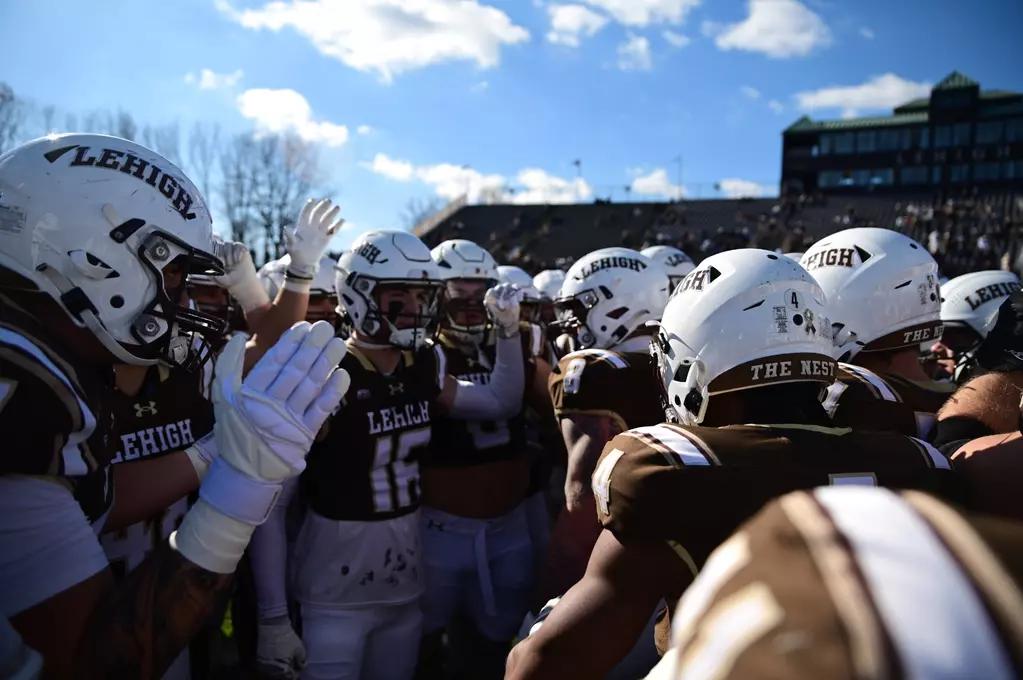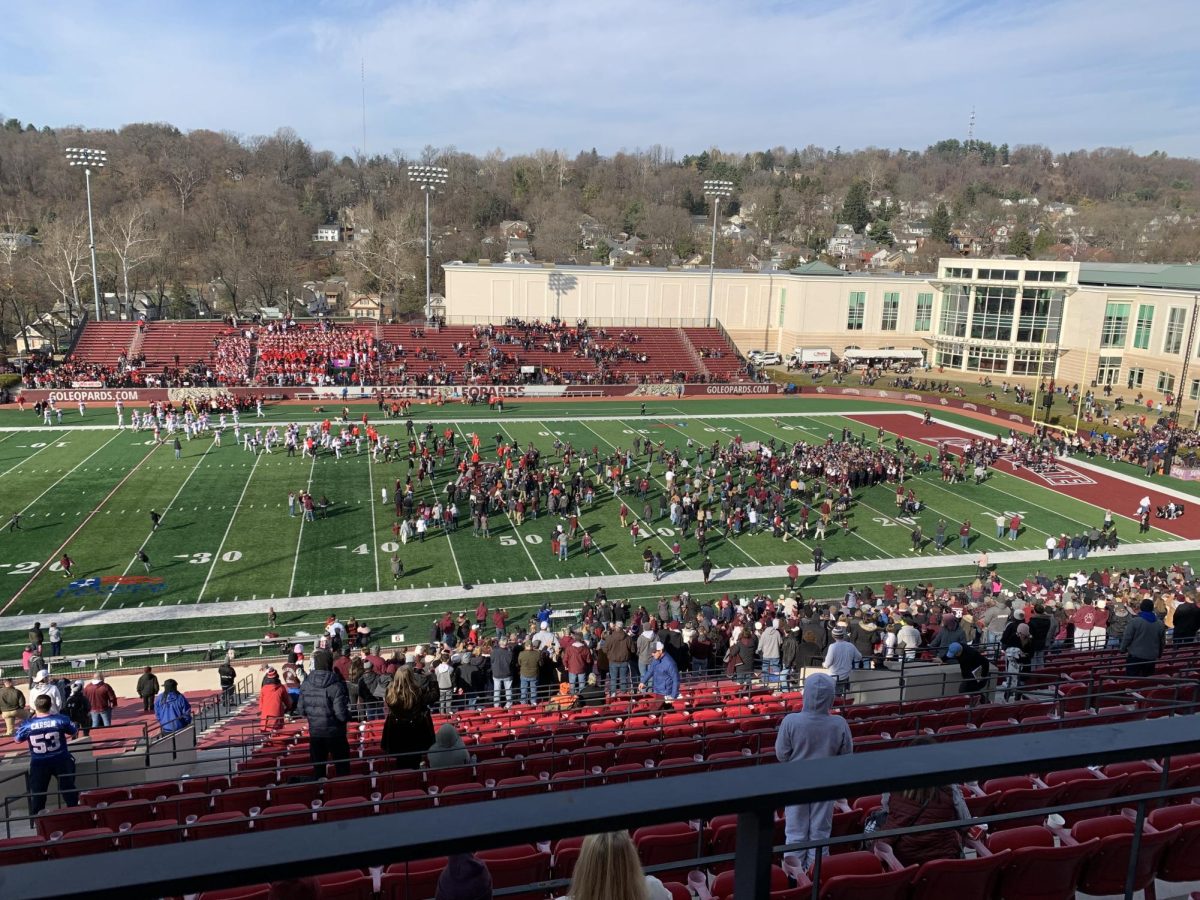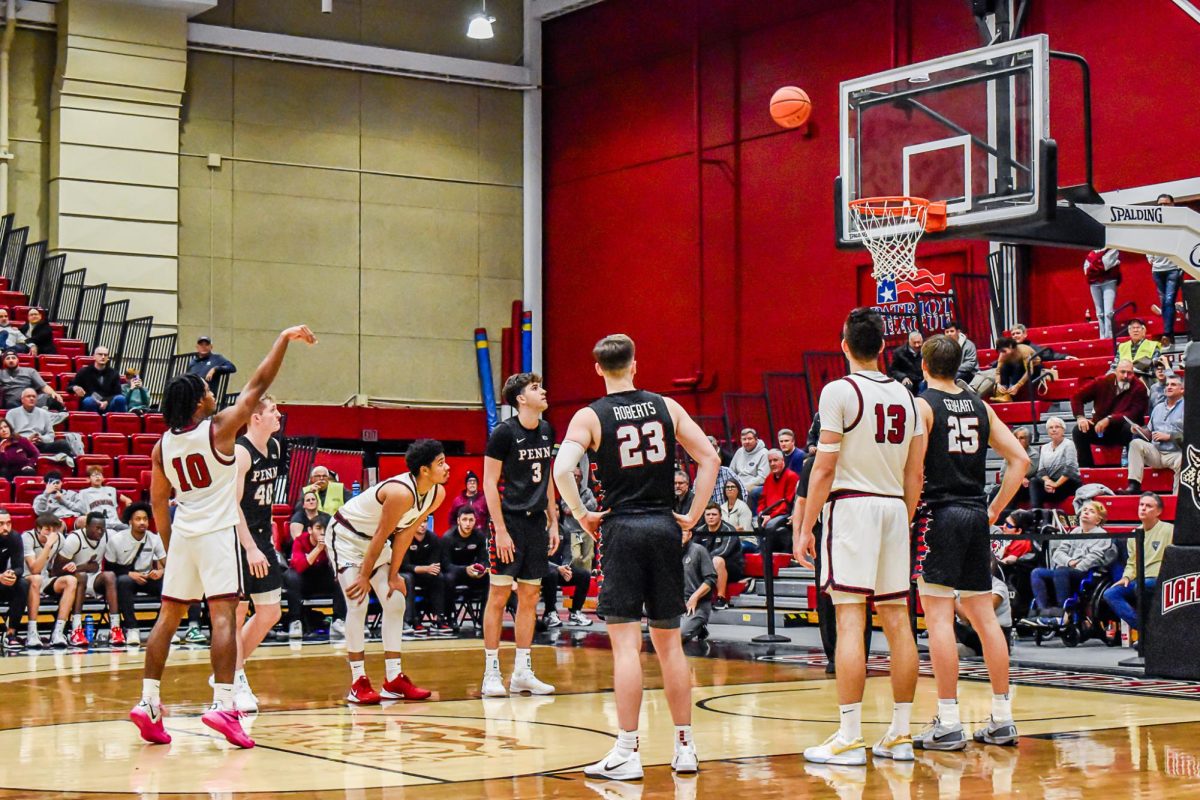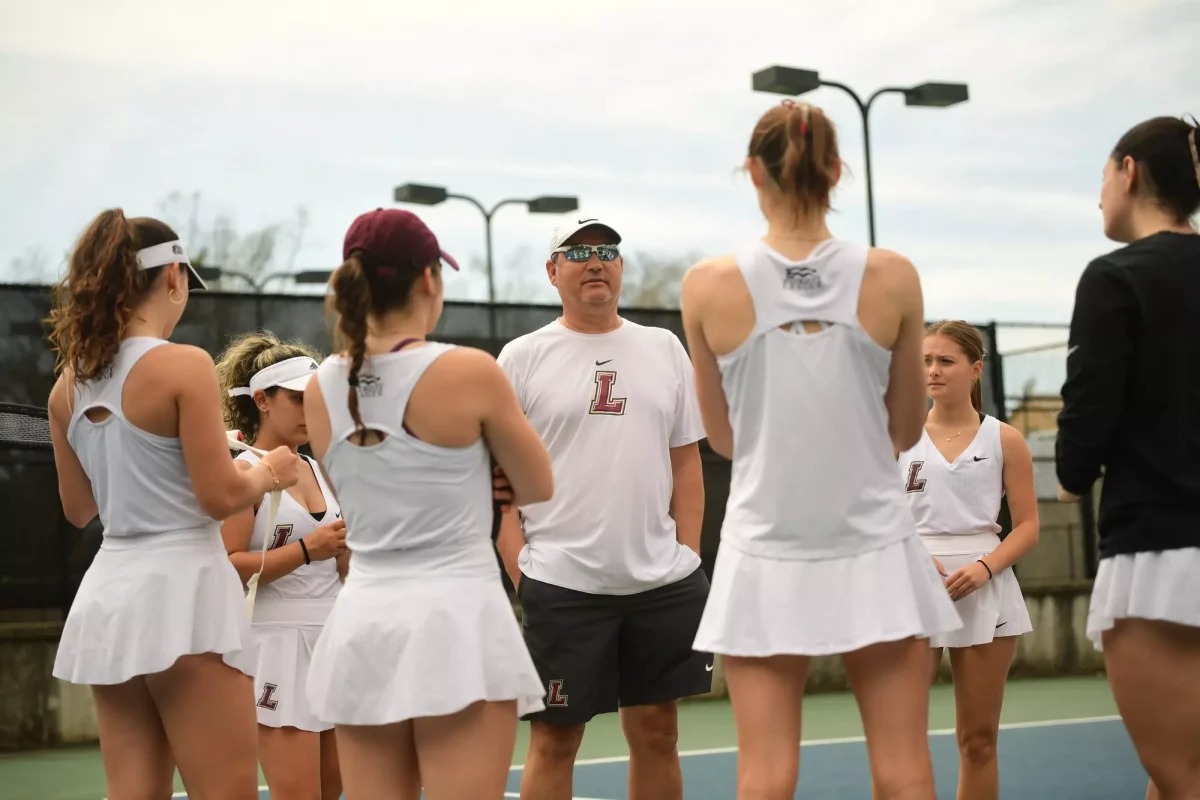A Nevada middle school. LAX airport. New Jersey’s Garden State Plaza mall. A Detroit barber shop. A Houston birthday party.
In the past couple of months, reports of mass shootings in public places have flashed across front pages and home screens at what seems to be an ever-increasing pace. Since 2006, there is typically one mass killing in the US every two weeks, according to a study done by USA Today. In late October of this year, there were four over four days.
It might be difficult to imagine such an unthinkable act happening at Lafayette, but dozens of people on and off campus are continuously preparing and maintaining the necessary infrastructure for such a situation.
“When I first got into law enforcement 30 years ago, mass shootings were not a concern,” Associate Director of Public Safety Jim Meyer said. “Society has changed. Today, we have to be thinking of this. [That’s] the reality.”
Lafayette’s Public Safety officers train with police officers each year from surrounding towns at the local police academy. Along with that, the campus alert system has been in the process of being phased further into campus for the past few years.
As soon as a call reporting an active shooter on campus is made to either Public Safety or the Easton Police Department, the dispatcher immediately issues an E2 campus alert, both setting off sirens across campus and sending text and email alerts to Lafayette community members. The dispatcher would also notify all area police, EMS and fire departments, including Easton, Palmer, Wilson and Forks Township.
“As soon as patrol officers get there, they go to the noise, they deal with the problem,” Meyer said. When the situation no longer contains an active shooter, officers sweep through every room in proximity, assisting injured victims.
Law enforcement officials say the odds of being involved in an active shooter situation on a college campus are similar to those of being struck by lightning, and while public safety officers take systematic precautions, they encourage students to take their own as well.
The “Shots Fired on Campus” training video, directed at college student safety, can be found through Public Safety’s website and can be accessed after logging in with a Lafayette username and password. As of print time, the 20-minute video had 554 views–not an overwhelming success considering the ten months since the video was uploaded. The website also contains a six-minute video on mass shootings beyond college campuses as well.
The video reviews recommended action for encountering a shooter walking outside around campus, within the hallways of a building, and within an enclosed room.
“It’s important for students to ask the ‘what if’ questions,” says the first film. In a shooter situation, no matter how well prepared the security forces are, there is likely still a period of time between when a shooter becomes active and when officers arrive. “You’ll need to take direct responsibility for your personal safety and security,” the film continues.
“Maybe one day, those videos will save somebody’s life,” Meyer said.


